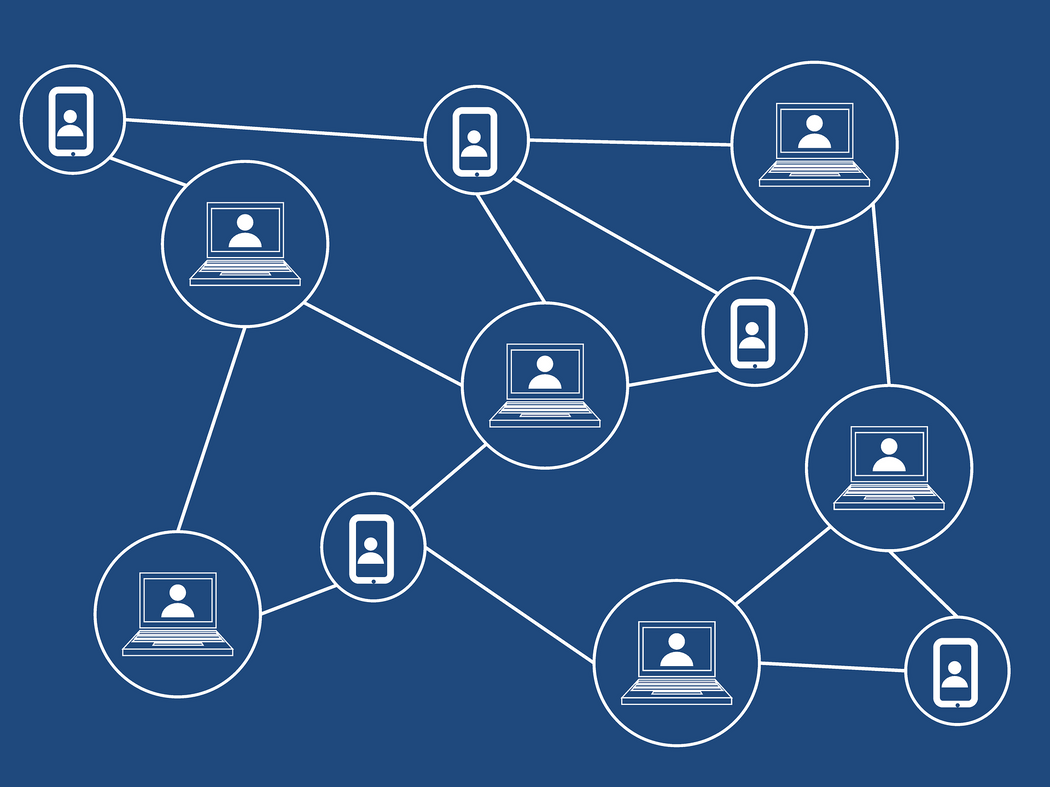Driven to Divide: Insights & Perspectives
Exploring the forces and ideas that shape our divided world.
Blockchain: The Digital Ledger That Could Rewrite Everything
Discover how blockchain technology is set to revolutionize industries and transform our digital future. Don't miss out on this game-changer!
Understanding Blockchain: How the Digital Ledger Works
Understanding Blockchain is crucial in today’s digital world, where data security and transparency are paramount. A blockchain is essentially a digital ledger that records transactions across multiple computers. This decentralization means that no single entity has control over the entire chain, making it highly resistant to fraud and tampering. Each block in the chain contains a list of transactions, and once a block is filled, it is added to the chain in a way that is permanent and immutable. This method of data storage ensures that every participant in the network can verify the accuracy of the data without needing to trust any single intermediary.
At the heart of the blockchain technology is the concept of cryptographic hashes. Each block includes a unique hash of the previous block, linking them together and creating a continuous chain. If someone attempts to alter a block, it would change its hash, which would ripple through the entire chain, alerting the network to the tampering. Moreover, the consensus mechanism, often achieved through techniques like Proof of Work or Proof of Stake, ensures that all parties agree on the validity of transactions before they are permanently recorded. This collective agreement is what makes blockchain a revolution in how we think about trust and data integrity.

The Advantages of Blockchain Technology: Why It Matters
Blockchain technology has emerged as a revolutionary force, fundamentally altering the way we view data security, transparency, and trust. One of its primary advantages lies in its decentralized nature, which eliminates the need for intermediaries in transactions. This means that parties can engage directly, reducing the risk of fraud and enhancing accountability. Furthermore, every transaction is recorded on a public ledger, ensuring that data is immutable and tamper-proof. This feature not only increases the integrity of data but also fosters a sense of trust among users, making blockchain technology an attractive option for various industries, from finance to healthcare.
Another significant advantage of blockchain technology is its potential to improve efficiency and reduce costs. Traditional systems often require multiple steps, involving different parties and documentation processes, which can lead to delays and increased operational expenses. In contrast, blockchain simplifies these processes by automating transactions through smart contracts, which execute automatically once predetermined conditions are met. This advancement not only speeds up transactions but also minimizes human error and overhead costs, ultimately reshaping business models and driving innovation across sectors. As organizations continue to explore the potential of this transformative technology, its importance cannot be overstated.
Can Blockchain Revolutionize Industries Beyond Cryptocurrency?
The impact of blockchain technology extends far beyond the realm of cryptocurrency, offering innovative solutions across various industries. For instance, in supply chain management, blockchain enhances transparency and traceability by enabling all parties to access a single, immutable ledger. This not only streamlines processes but also builds trust among stakeholders, as they can trace the origin of goods and verify their authenticity. Industries such as agriculture and pharmaceuticals can significantly benefit from these features, reducing fraud and ensuring compliance with regulatory standards.
Moreover, the potential of blockchain in sectors like healthcare is particularly promising. By securely storing patient records on a decentralized network, healthcare providers can share critical information more efficiently while maintaining patient confidentiality. This can lead to improved diagnosis and treatment, as well as a reduction in duplicated tests and unnecessary procedures. With such applications emerging, it's clear that the question isn't if blockchain can revolutionize industries beyond cryptocurrency, but rather how quickly and broadly this transformation will occur.